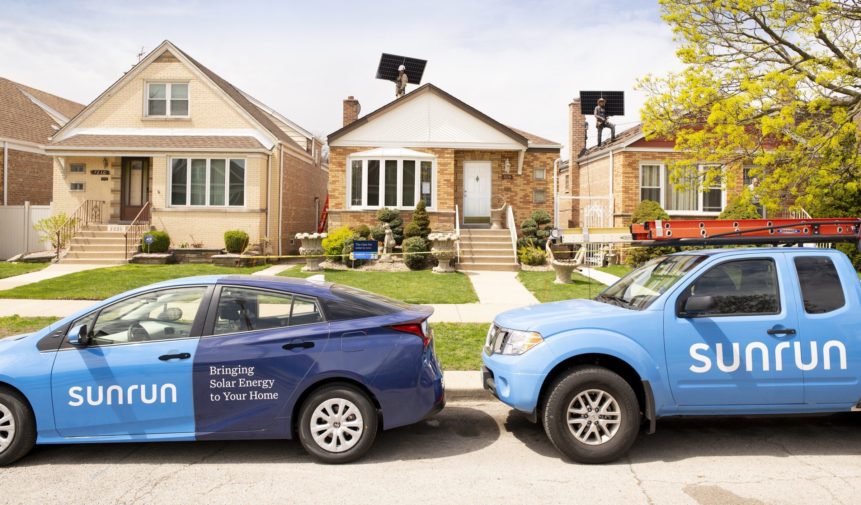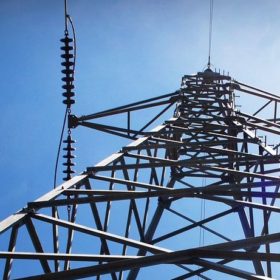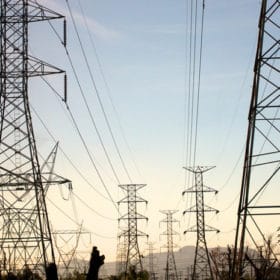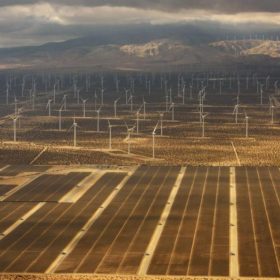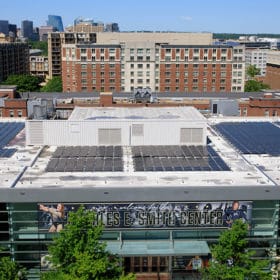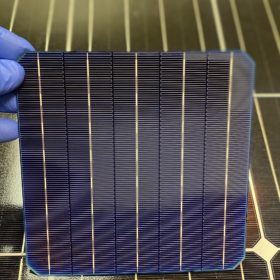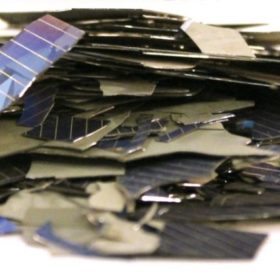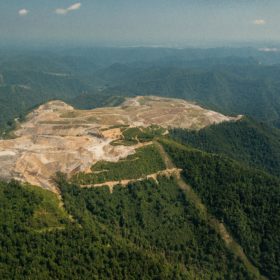Sunrun and GRID fight California blackouts with free batteries for low-income households
“Storage is critical for equity,” says Sunrun CEO Lynn Jurich — and putting more standalone storage on the grid means less electricity going through wires in wildfire-prone areas.
Money Talks: California residents earn big bucks for easing grid strain
As California’s energy crisis rages, one company has been paying customers handsomely to to power down in times of peak strain on the grid.
The ‘Rubber-Band Effect’ on renewable energy project margins
On the journey from concept to monetized power plant, renewable/storage projects tend to get tugged toward “zero” margin (from either direction); and the further the rubber band is stretched, the stronger the pull back toward zero.
Power and utility deal activity is down significantly to start 2020, but renewables show strength
A new report released by Ernst & Young shows that power and utility deals in the Americas saw huge drops in volume and value due to the Covid-19 pandemic, though commitment to renewable investment remains strong.
The U.S. can be powered 100% by renewable energy. How do we get there?
Long story short, it’s possible for the U.S. to run 100% on renewable energy. How we get there is the long story.
Neighborhood solar equity: community solar project splits benefits three ways
A 497-kW project on five roofs at George Washington University in Washington, D.C. uses SREC sales to provide $1.50 in community benefits for every dollar of power generated. Call it community solar-plus.
SolarAPP residential solar permitting app to launch this fall
The web-based app is designed to automate local government processing of solar permit applications, and has earned praise from local government officials in California who have tested it.
Solar Inventions looks to redefine cell architecture and save silver with award-winning tech
The winners of the first American-Made Solar Prize are wasting no time bringing their revolutionary product to market, one which promises to reduce silver, increase module power and save manufacturers up to $1 million annually.
NREL looks to tackle PV waste before it’s too late
With up to 80 million tons of solar photovoltaic panels expected to hit landfills globally by 2050, the national lab has taken a look into refining how crystalline silicon module recycling is done — in order to establish a circular market.
Live near a big city? Expect big utility bill spikes, thanks to Covid-19
A D.C.-based analytics company has released an analysis showing that summer electricity bills will rise by about 10% on average for households in the 13 of largest U.S. metro areas.
